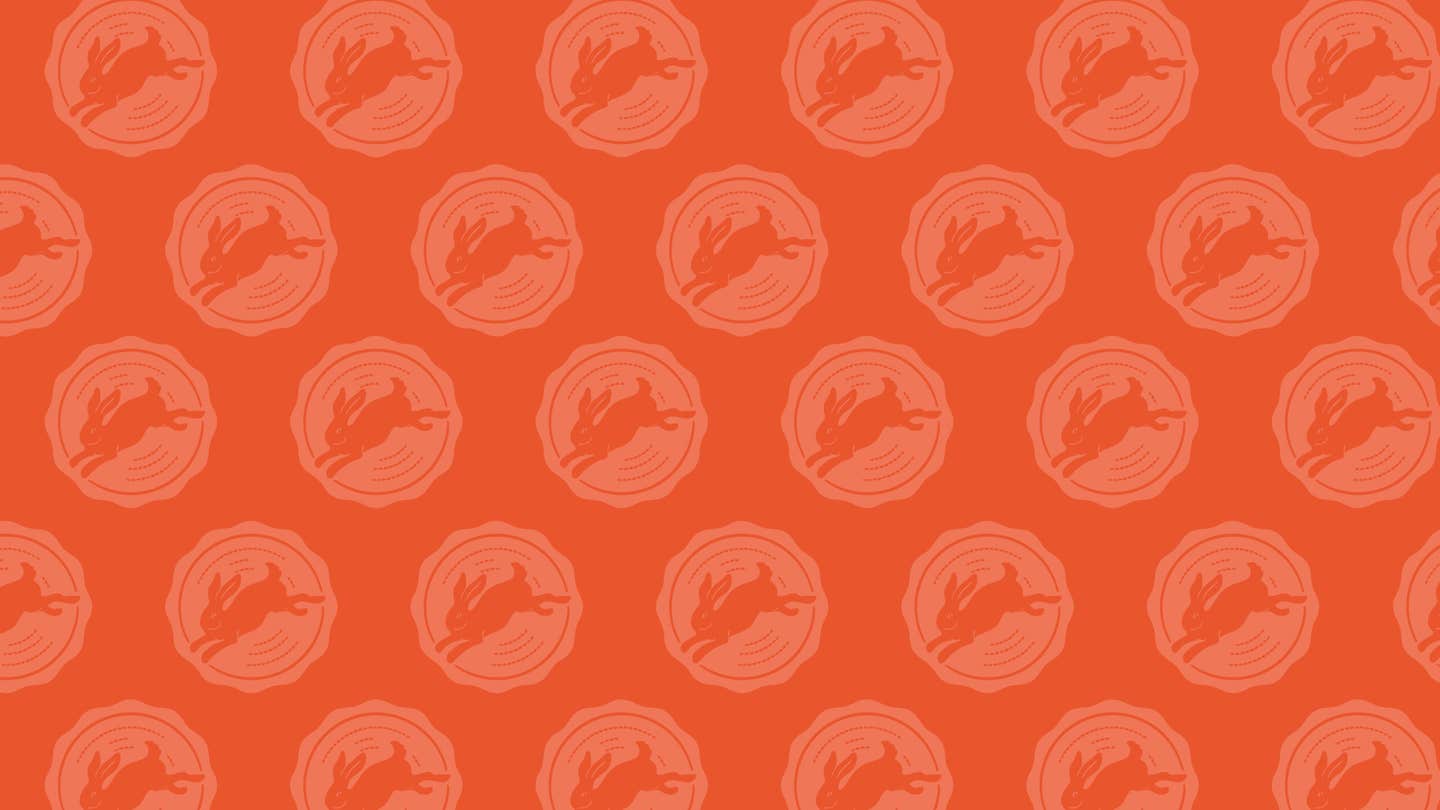
Pride of Place
In the plump, sweet Totten Inlet virginica oyster, East Coast brawn meets West Coast brine.
Eating a good raw oyster is a transporting experience. Literally. Few other foods so powerfully evoke their place of origin. Because oysters feed by continuously filtering seawater, they take on the character of the local tides, vegetation, and even weather. Having recently tasted the remarkably plump and sweet oyster known as the Totten Inlet virginica, I can only conclude that its home, a pristine inlet fringed with fir trees in the far southern corner of Washington's Puget Sound, is the oyster's promised land.
And yet, the species to which this delectable mollusk belongs, Crassostrea virginica, is actually native to the East Coast. (It's one of only five species—along with pacific, olympia, kumamoto, and european flat—grown in the United States.) The Totten Inlet virginicas I tried came from Taylor Shellfish Farms, whose president, Bill Taylor, told me that his family's operation was one of the first to raise virginicas on the West Coast, starting in the 1890s. "There was a high demand back then," Taylor said, "with so many people with money coming to California." Many of them were Easterners with a yen for the oysters they'd left behind. Virginicas thrived in Totten Inlet, where the algae-rich waters of neighboring Little Skookum Inlet meet the brinier ones of the Puget Sound's chilly depths. In these felicitous surroundings, the virginica, prized to this day for its meaty texture and clean taste, gained something more: a singularly buttery, seaweedy flavor balanced by a bracing, oceanic briskness.
The Totten Inlet virginica was quickly recognized as a magnificent oyster, but by the 1920s nobody was raising it anymore. Oysters of another species, known as pacific oysters, which had been introduced to America's West Coast from Japan in 1919, matured more quickly (and were therefore more profitable). Pacifics are also able to reseed themselves, whereas the cultivation of virginicas requires the shipping of seed from the East Coast for each new crop. By the 1990s, however, another gilded age was dawning in the West, renewing an appetite for raw oysters and demand for ever more varieties. The Taylor family began experimenting with virginicas again. "We had no idea what a great oyster it would turn out to be," Bill Taylor said. If any uncertainty remained, it was laid to rest earlier this year, when Taylor's Totten Inlet virginica was decreed the best-tasting oyster at an East Coast Shellfish Growers Association competition. Totten Inlet virginicas keep for up to two weeks in the refrigerator, spread out on a tray under a moist towel, though Taylor says they're the most flavorful the day they arrive. To order Totten Inlet virginicas, call 360/432-3300 or visit www.taylorshellfishstore.com.
Keep Reading
Continue to Next Story










